What Samsung and Huawei are doing to stop you breaking your next foldable
Making folding phones more durable
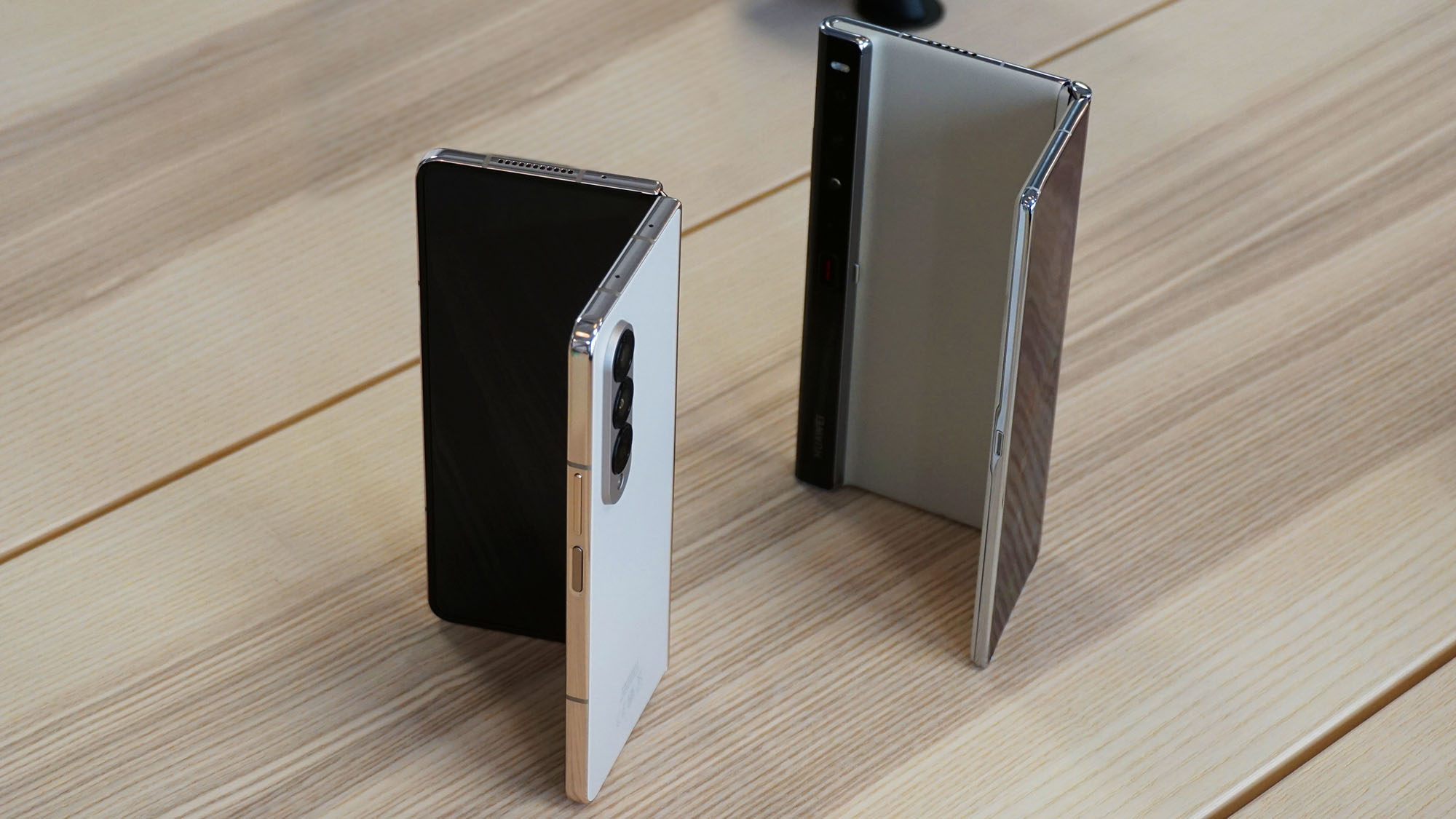
When Huawei and Samsung served up their first consumer-ready foldables to the world in 2019, once tech enthusiasts had picked their jaws up off the floor, the first question on many people's lips was, 'how fragile are they?'
Despite being among the most expensive and technologically advanced phones on the market, these glass cannons are far more susceptible to breaking than your average 'candy bar' handset.
Just look at the original Samsung Galaxy Fold. The company had to go back to the drawing board after only a day or so of the device being out in the wild, with reports of a problematic hinge that let grit sneak in under the screen causing instant irreparable damage, alongside a pre-fitted protector that started to come away of its own accord, similarly stopping the display dead in its tracks.
Manufacturers are well-versed in the problems that conventional smartphones face, but creating foldables has presented their engineers with an entirely new set of challenges, and the innovation employed to ensure these devices' durability approaches that of their rigid-bodied rivals and continues to evolve and astound with each new generation.
The foldable age is finally here
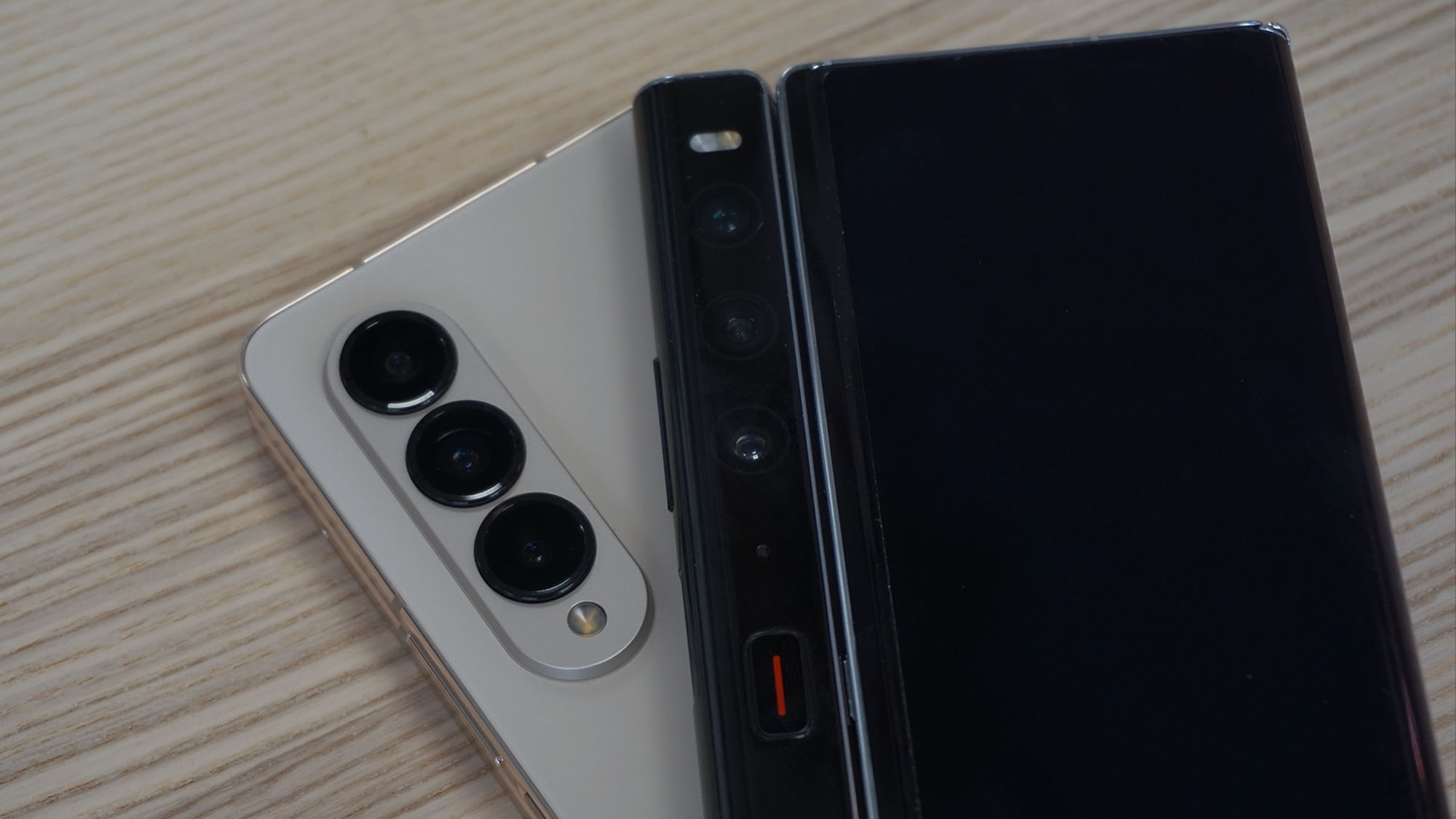
There are still only a very small pool of phone makers with the resources and technical know-how to successfully design and release a consumer-ready folding phone. Samsung remains the leader in the space, yet Huawei, Motorola, Oppo, Xiaomi and Honor all offer at least one form of foldable phone to call their own.
If you're reading this around the time of the Samsung's August 2022 Unpacked event, the foldables of the moment are undoubtedly the new Galaxy Z Fold 4 and Galaxy Z Flip 4. The timing of their release actually means they arrive sandwiched between other high-profile foldable phones from ambitious rivals.
The international launch of Huawei's intriguing Mate Xs 2 still feels fresh, and the dust has barely settled on the Chinese launch of both Motorola's long-awaited 2022 Razr and Xiaomi's new Mix Fold 2.
Get daily insight, inspiration and deals in your inbox
Sign up for breaking news, reviews, opinion, top tech deals, and more.
The increase in foldable competition at this point in 2022 suggests that much of the technical adversity that those early folding phones faced has already been overcome; making the creation of such products more accessible and more worthwhile from a cost standpoint for a wider breadth of phone makers.
The new Galaxy Z Fold 4 and Huawei's Mate Xs 2 represent two very different solutions to the big-screened foldable form factor (Samsung's features two displays, with the larger folding panel being inward-facing, while the Mate Xs 2 uses a single, larger external panel). And thanks to new technical insight from both companies, we can see what's going on behind the scenes to make this newest generation of foldables slimmer, lighter, stronger and more durable.
Honing the hinge
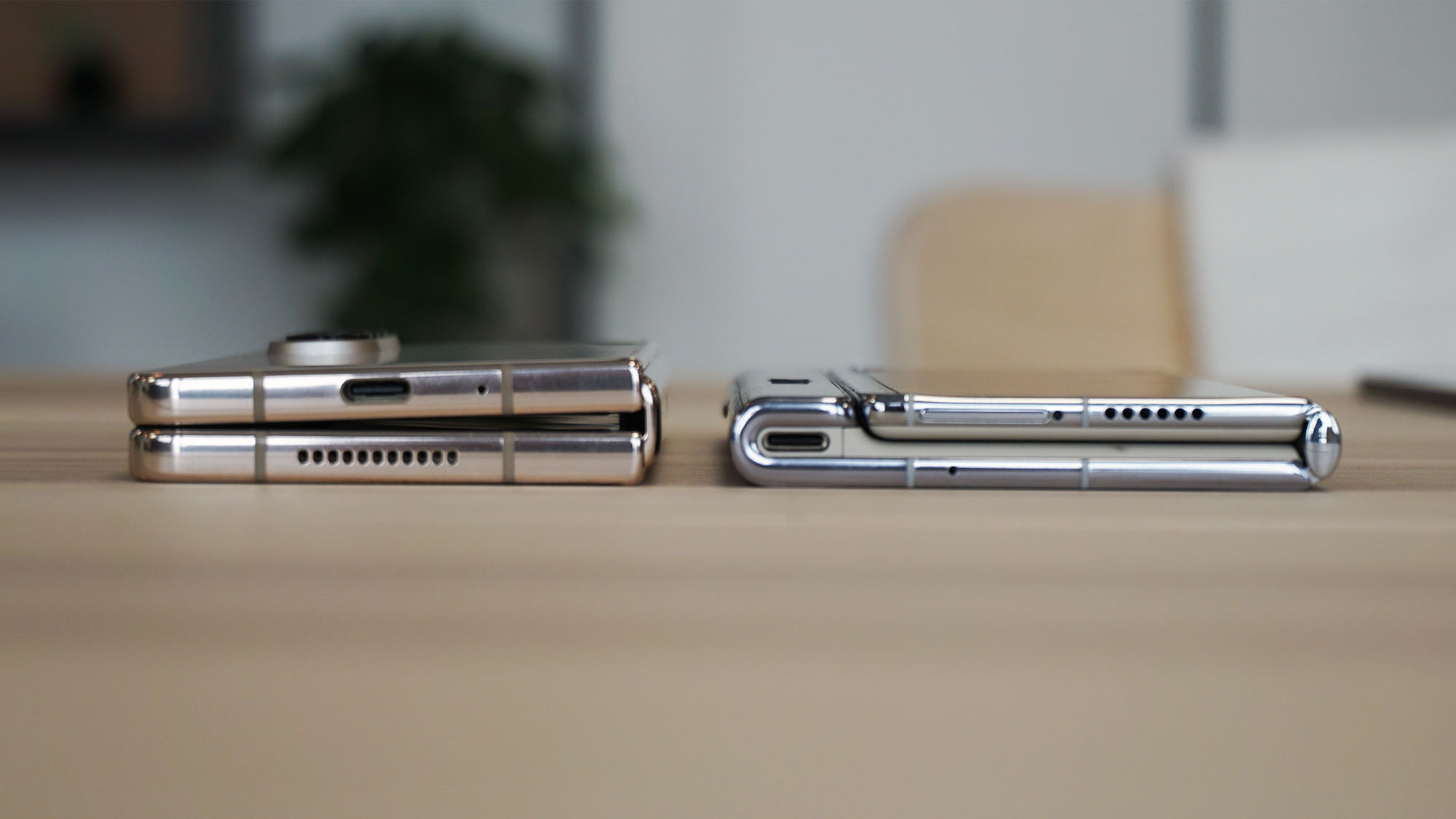
Generally speaking, the more moving parts a machine has, the greater the number of potential failure points it suffers from. Standard smartphones may contain a trio of buttons, perhaps an OIS (optical image stabilization) system supporting at least one of their cameras and a haptic motor inside for vibration, but that's about it.
The hinge systems in vertically folding phones like the Z Fold and Mate Xs series are brimming with tens (if not hundreds) of interlocking pieces that work in concert to give the device they're a part of a rigid spine. This key assembly evenly distributes the force applied when the phone is opened or closed, while also protecting the delicate ribbon cables and other components running between the device's two halves.
We spoke to Huawei directly about the improvements made to the hinge system that facilitates the Mate Xs 2's 'double-rotating Falcon Wing Design' to learn what was being done to give the company's newest handset a better chance at foldable phone supremacy.
When talking about the hinge, the main upgrade seems to be the choice of materials that the majority of the Mate Xs 2's hinge is made from and how it's produced.
Using a process called MIM (metal injection molding), the hinge is hewn from a high-density stainless steel that Huawei claims is 50% stronger than what you'd get from 'more conventional production techniques', paired with a composite support structure that uses new lower density materials, rendering the Mate Xs 2 both 1.4 times more crush-resistant, compared to the previous Mate Xs but also lighter than before too.
As shown in the above segment from its August Unpacked event, Samsung has taken a decidedly different approach with the hinge on the Z Fold 4, essentially scrapping the long-standing gear system that lies inside every previous Fold and instead building a thinner, lighter mechanism that relies on linear motion. It's been tested to withstand past 200,000 folds in its lifetime, the company claims.
It's an approach that looks as though it was carried across to the Z Flip 4 too, with the hinge protruding far less compared to 2021's Flip 3.
Samsung has previously shown the lengths that it's gone to to prevent dust getting into that intricate hinge mechanism, with silicon brushes being a key component of the assembly.
Samsung's last two generations of foldables also score extra points for being the only devices of their kind to boast IPX8-certified water resistance.
Strengthening the screen
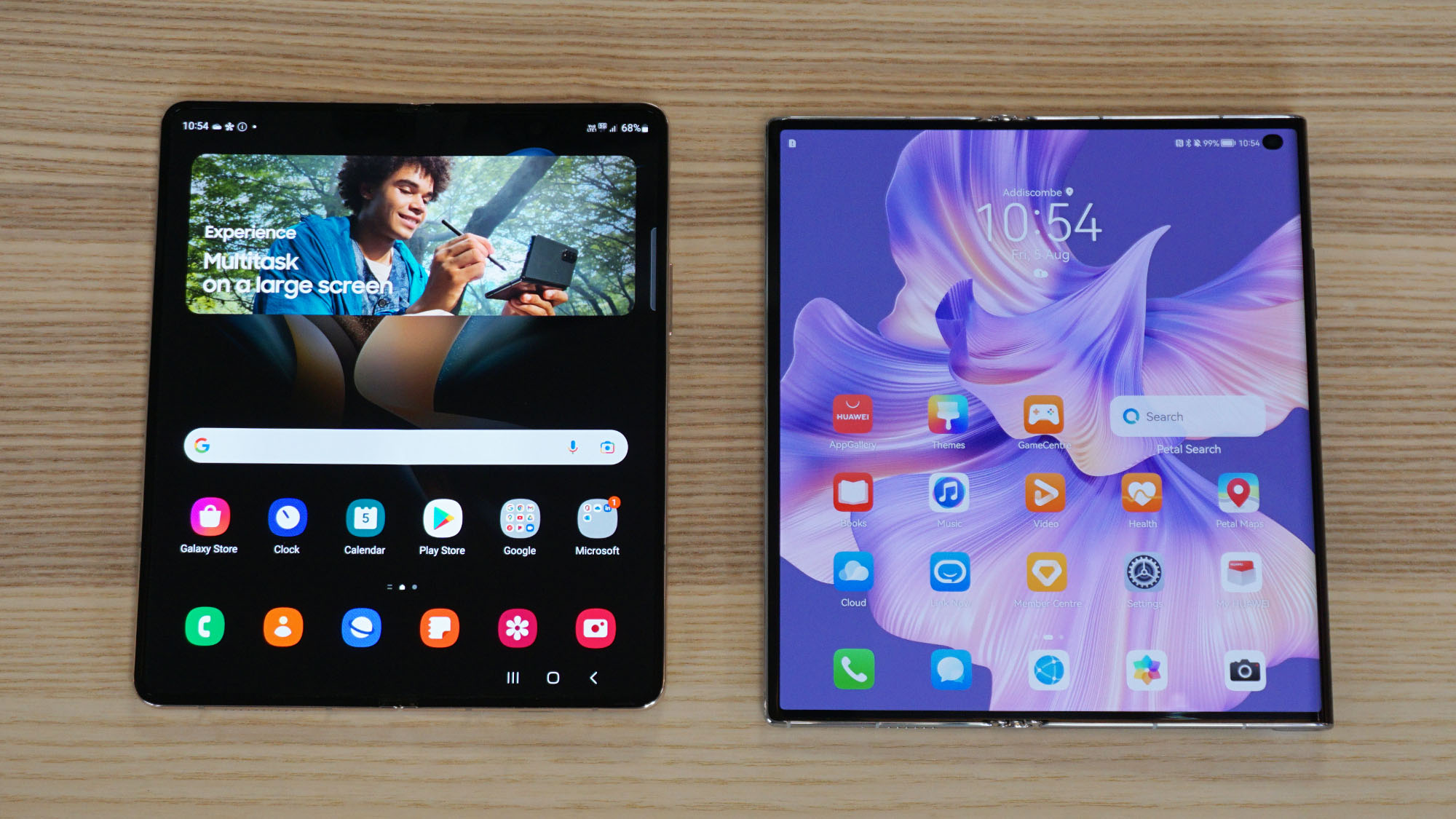
There's little point making the backbone of these high-end handsets stronger if those all-important flexible displays can't keep up.
Composite layers are the name of the game here, with Huawei's Mate Xs 2 supposedly taking inspiration for its display construction from the screens of cars with anti-collision systems.
The single folding 7.8-inch flexible OLED on the Xs 2 is comprised of a protective layer, a buffer layer, a barrier layer and the display layer, that relies on titanium alloy within its construction, while the back battery cover utilizes fiberglass that's less than 0.5mm thick to help support the phone's thing but string construction.
For its efforts, Huawei claims that the Mate Xs 2 is both 2.5x more drop resistant and 2.8x more impact resistant than its predecessor.
On the Z Fold 3, the display's digitizer (the piece that converts your analogue touch into a digital input signal) is supported by a metal layer, whereas the Z Fold 4 skips this layer, instead relying on a thin lining of FRP (fiber-reinforced plastic), now directly bonded to the digitizer for additional strength.
The Z Fold 4's primary display also boasts the company's second-generation UTG (ultra-thin glass), which Samsung promises delivers 20% better scratch resistance.
A revised sponge layer helps absorb shock more efficiently too, while S Pen support also endures, facilitated by the sprung nib of the Fold Edition S Pen, which exerts less pressure on the panel than a conventional stylus.
Shedding the weight
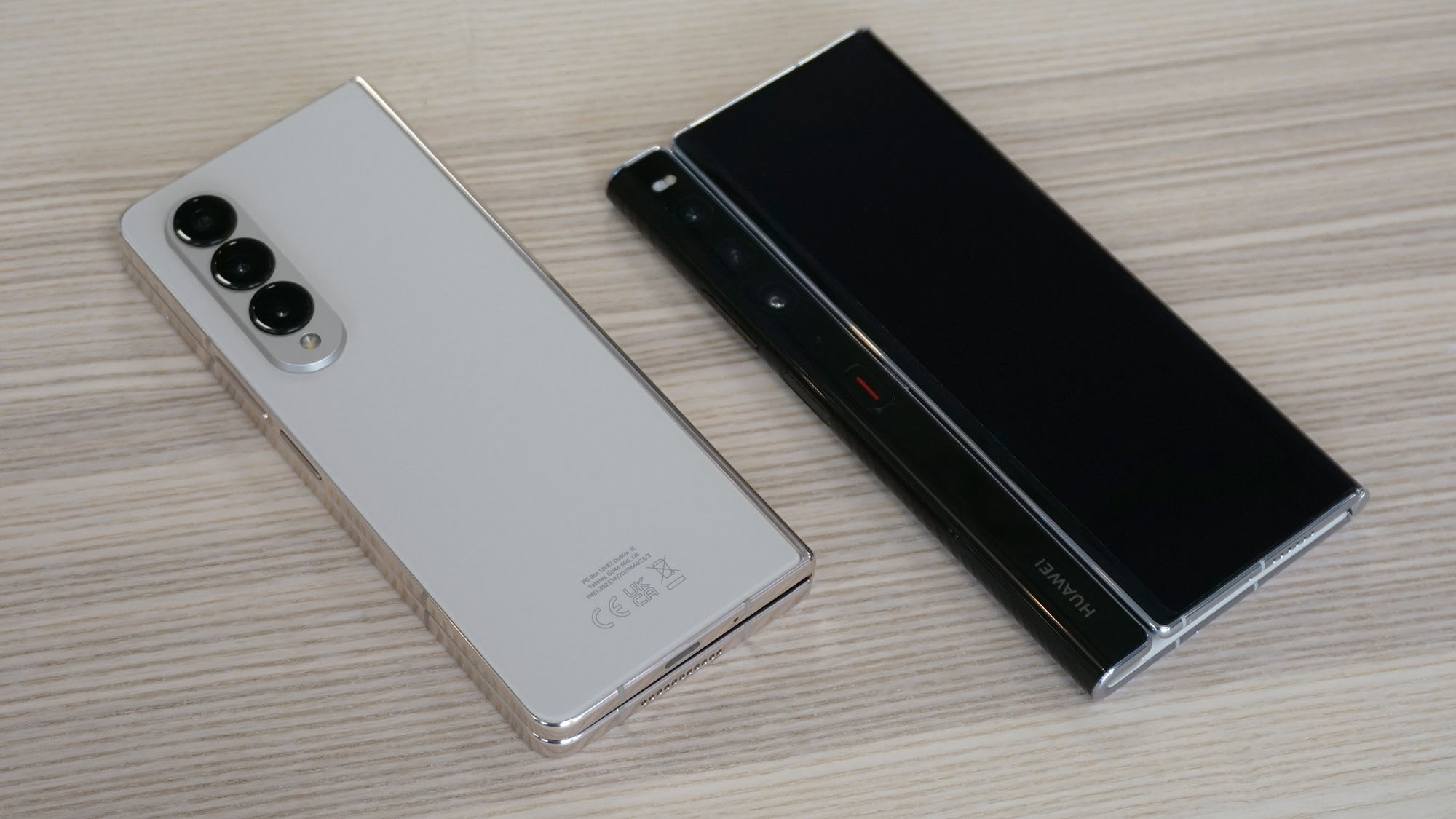
You'd think that in order to make these latest foldables hardier – with their reinforced hinges and toughened displays – they'd end up weighing the same as a small car.
However, as was already touched on, thanks to smart component redistribution and a better use of composite materials across both devices, the Z Fold 4 and Mate Xs 2 end up both thinner and lighter than their respective predecessors.
The Galaxy Z Fold 4 clocks in at 8g lighter than 2021's Z Fold 3 (making it 263g), and it's also 0.1mm thinner when unfolded; making it the thinnest and lightest of Samsung's Fold devices to date.
Huawei's efforts, meanwhile, render the Mate Xs 2 the thinnest and lightest foldable of its kind; measuring in at 5.4mm at its thinnest point, when opened (the Z Fold 4 clocks in at 6.3mm thick), and a relatively featherweight 255g.
Room for improvement
Although the efforts of foldable makers like Samsung and Huawei are clearly leading to stronger, thinner and lighter devices with each new generation, foldables continue to face many of the same challenges that they did when the category first appeared on the scene in late 2018/early 2019.
The hope is that by the time foldable prices do come down, manufacturers will have managed to all but eliminate the durability gap that we're currently seeing close before our eyes.
If you're already convinced by the current assortment of foldables, check out our list of the best foldable phones or if not, our more general rundown of the best phones overall might fit the bill.

Alex joined as TechRadar's Senior Phones Editor in June 2022, but brings over a decade's worth of experience to the role, with an expertise in smartphones, tablets and wearables. He's covered keynotes hosted by the biggest brands and attended the launches for some of the most influential mobile products of the last few years. His experience was amassed at some of the most reputable consumer technology publications out there, including GSMArena, TechAdvisor and Trusted Reviews.